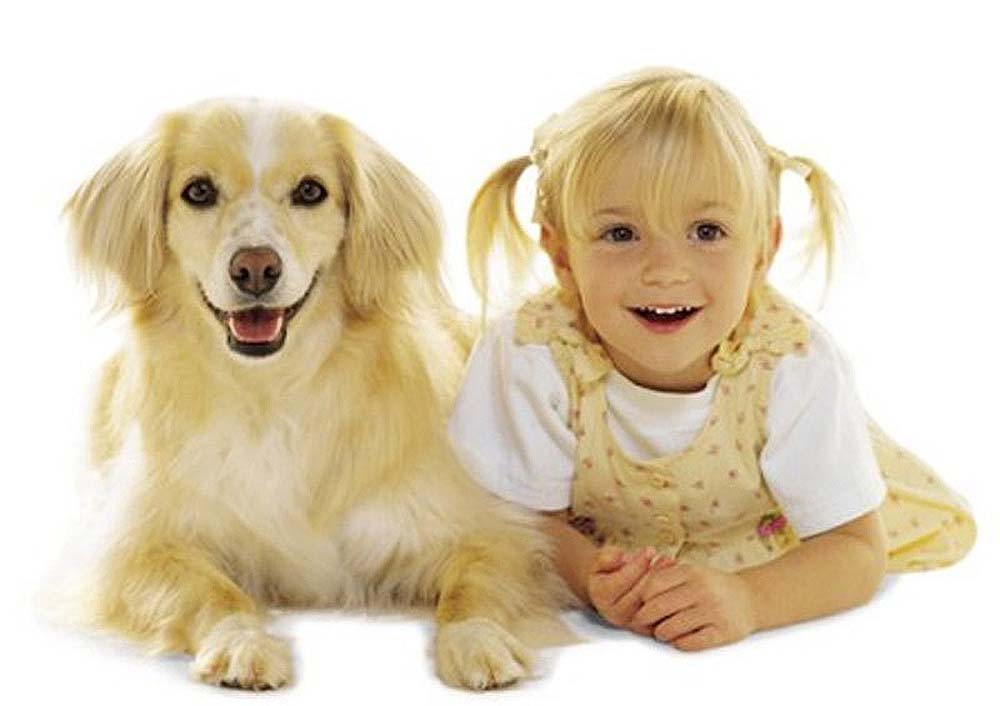Not for all dogs, the typical Cairn Terrier will remain more fearful than the average Chinese Crested Dog, but living environment and lifestyle will help.
What works, according to 14,000 dog owners surveyed? Exposure to new things as puppies. Insufficient socialization of puppies to various situations and new environments were a link with fearfulness related to novel situations, loud noises as well as different walking surfaces. The company of other dogs reduced the occurrence of non-social fear.
That may be why urban dogs trend more fearful than their rural counterparts, a finding parallel to that human mental health diagnoses occur more frequently in the city than in rural areas. Non-social fearfulness was more common in sterilized females and small dogs.

Not all breeds with greater timidity had the same fears. Welsh Corgi Pembrokes expressed a lot of noise sensitivity but little fearfulness of surfaces, while the opposite was reported for Lapponian Herders, Miniature Schnauzers, Chihuahuas and Labrador Retrievers.
“The breed-specific differences support the idea that fearfulness is inherited. In other words, breeding choices matter, even without knowing the exact mechanisms of inheritance. However, this study offers dog owners tools and support for previous notions related to improving the wellbeing of their dogs. Diverse socialisation in puppyhood and an active lifestyle can significantly reduce social and non-social fearfulness,” according to Professor Hannes Lohi from the Faculty of Veterinary Medicine and Faculty of Medicine, University of Helsinki, who specializes in canine epidemiology.
Citation: Hakanen E, Mikkola S, Salonen M, Puurunen J, Sulkama S, Araujo C, Lohi H. Active and social life is associated with lower non-social fearfulness in pet dogs. Scientific Reports volume 10, Article number: 13774 (2020). DOI: 10.1038/s41598-020-70722-7.





Comments